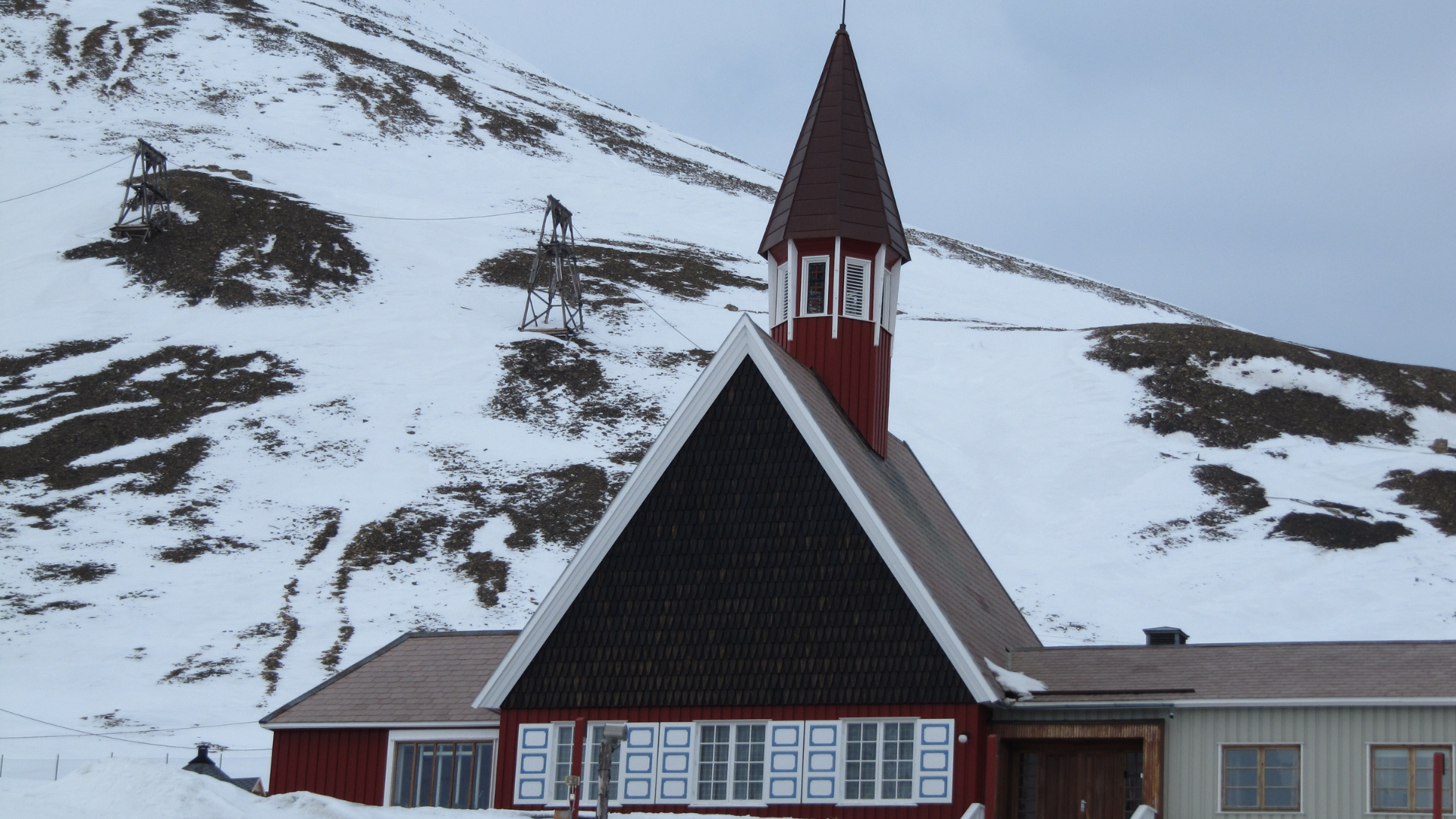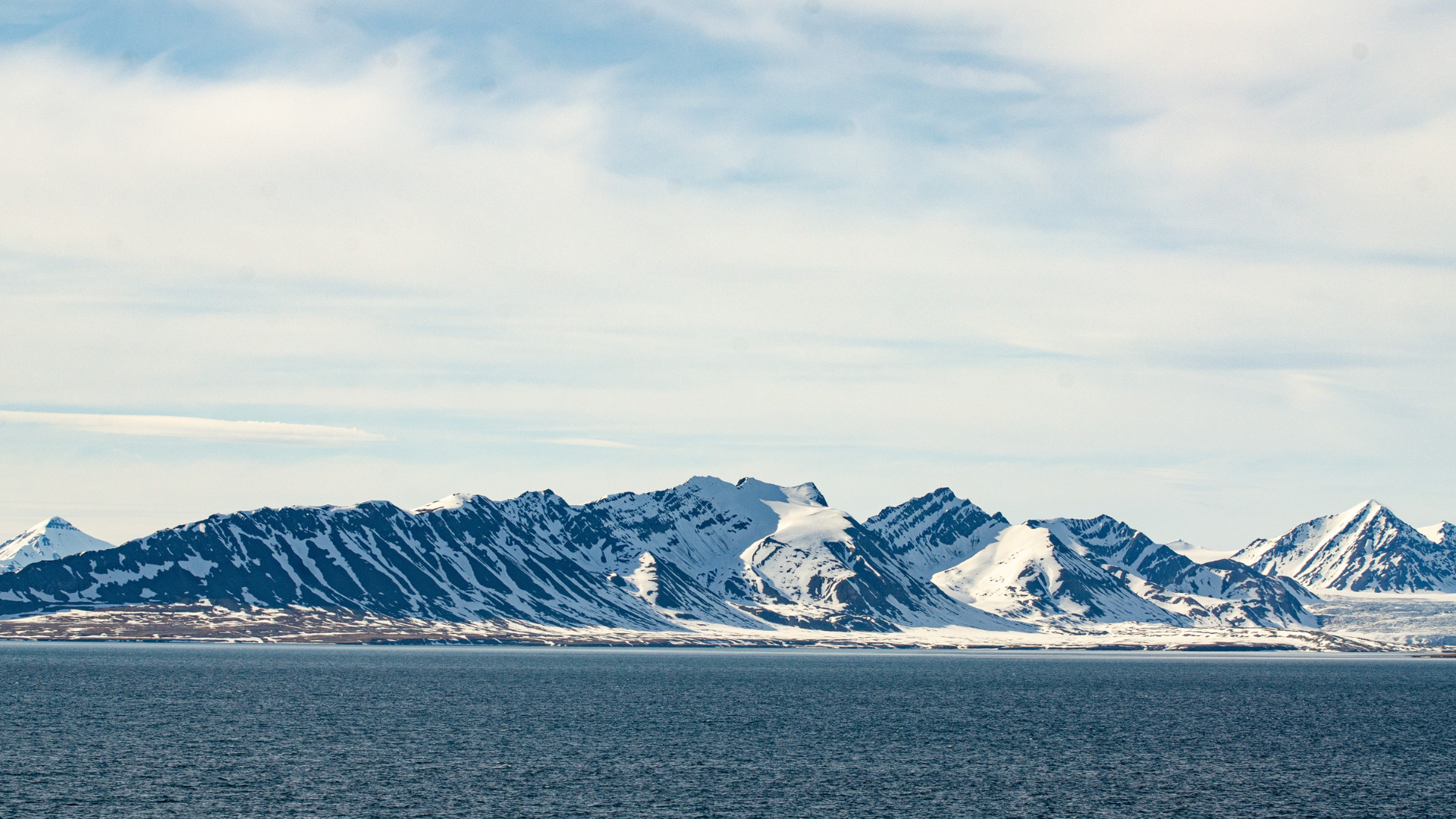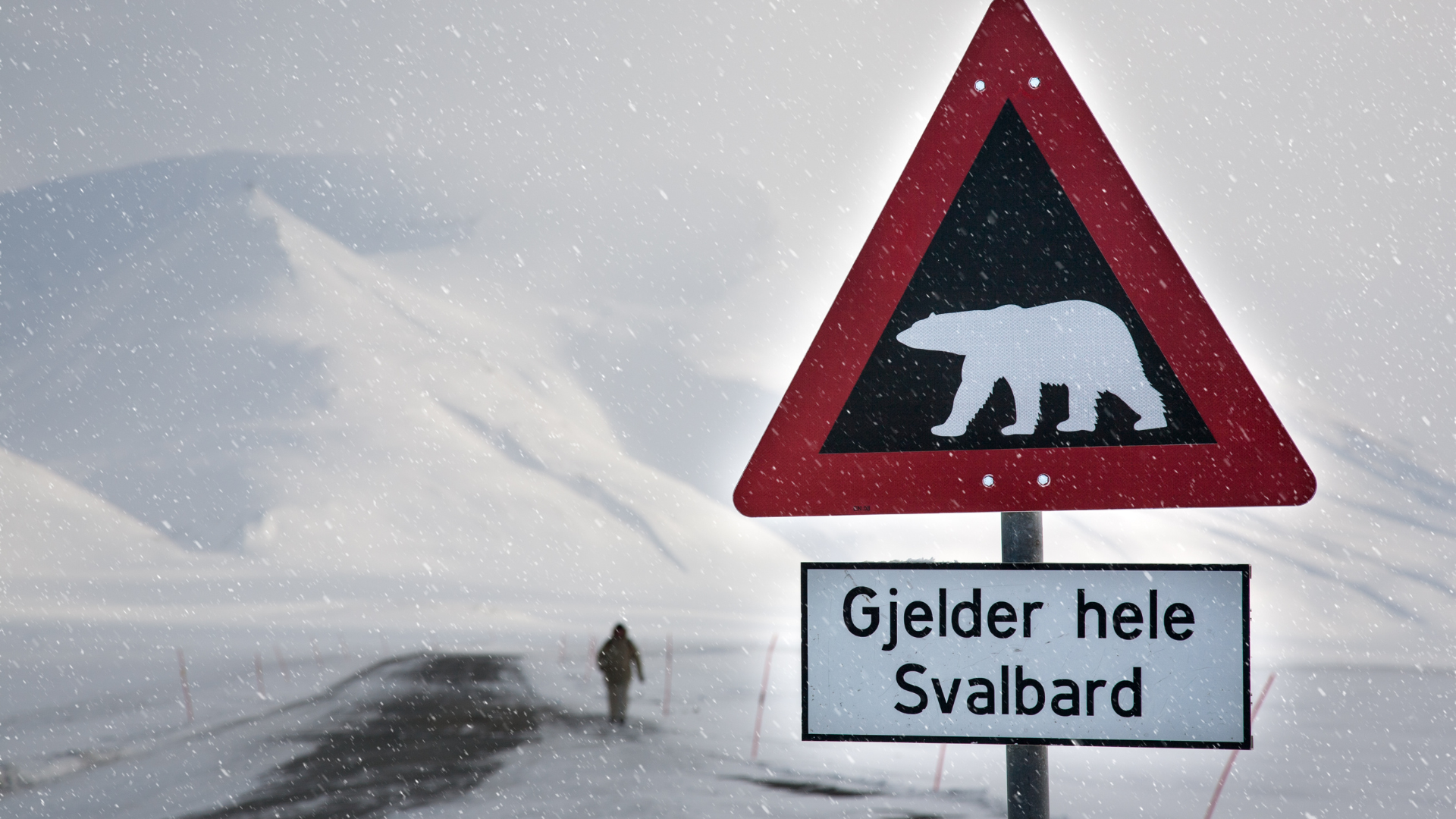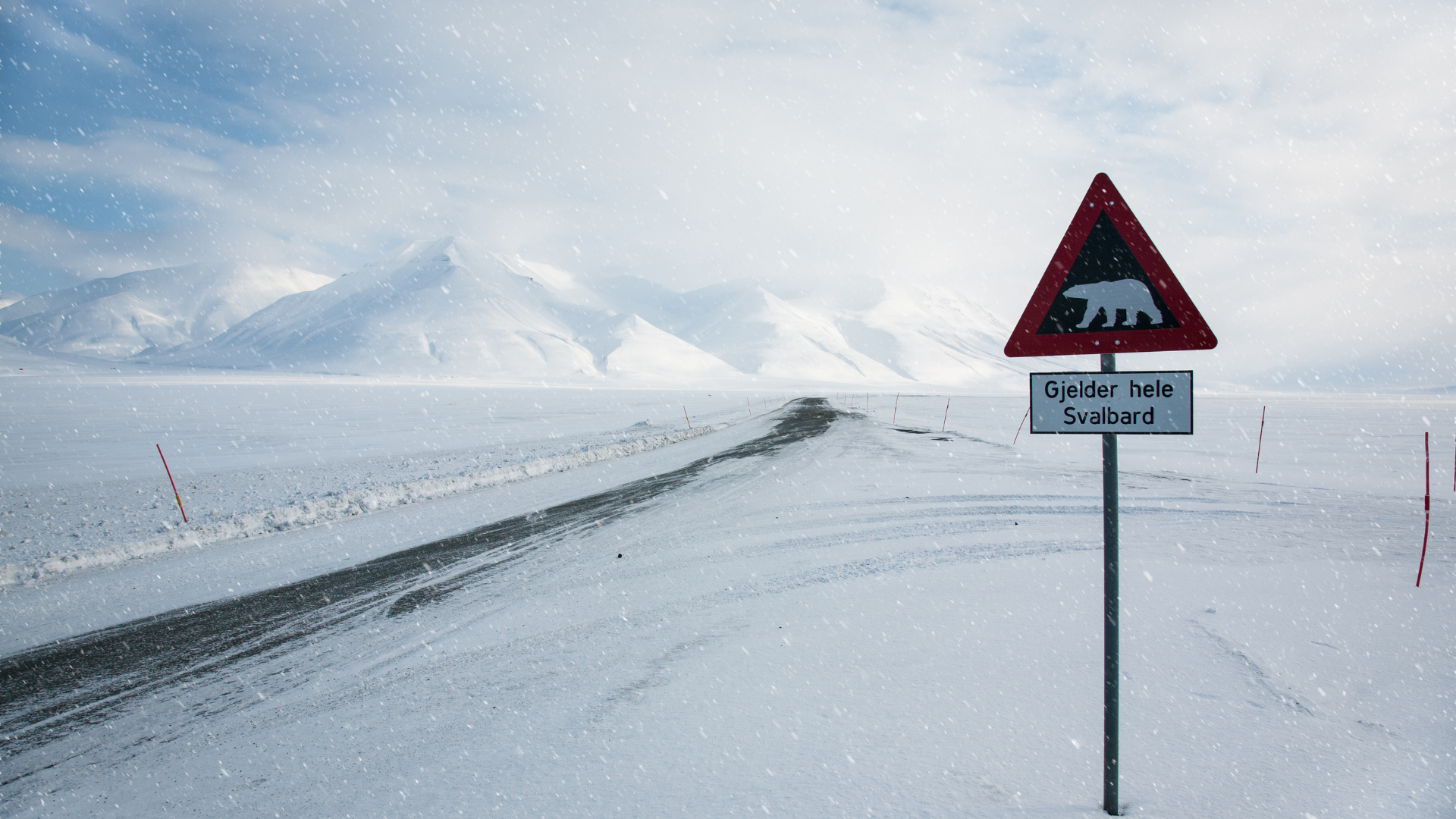When to Visit Svalbard: A Guide to Choosing the Best Time for Your Arctic Adventure
Located within the Arctic Circle, Svalbard offers a captivating blend of stark landscapes, abundant wildlife, and unique cultural experiences throughout the year. However, the timing of your visit can greatly influence the type of adventure you'll have and the sights you'll see. From the ethereal glow of the midnight sun to the enchanting twilight of winter, each season in Svalbard has its own charm and allure. Join us as we explore the best times to visit Svalbard and embark on your Arctic adventure of a lifetime.

1. Summer (May to August) Overview:
Summer is the most popular time to visit Svalbard, offering travelers the chance to experience the magic of the midnight sun and enjoy a wide range of outdoor activities. Highlights: During the summer months, the sun remains above the horizon for 24 hours a day, bathing the landscape in continuous daylight. This creates ideal conditions for wildlife viewing, hiking, kayaking, and glacier cruises. The warmer temperatures also make it a great time to explore Svalbard's cultural attractions, such as historical sites and museums. Considerations: While summer offers the most daylight and favorable weather conditions, it is also the busiest time for tourism in Svalbard. Accommodations and tours may book up quickly, and popular attractions can be crowded.
2. Autumn (September to October) Overview:
Autumn marks the transition from the endless daylight of summer to the polar night of winter in Svalbard. Highlights: In autumn, travelers can witness the stunning fall colors as the tundra foliage changes from vibrant greens to golden hues. It's also a great time for wildlife spotting, as animals prepare for the winter months ahead. Additionally, autumn offers the chance to see the northern lights as the nights gradually grow darker. Considerations: Weather conditions can be more unpredictable in autumn, with the possibility of early snowfall and colder temperatures. Some outdoor activities may be limited as the season progresses, but there are still plenty of opportunities for exploration and adventure.
3. Winter (November to February) Overview:
Winter transforms Svalbard into a frozen wonderland, with long periods of darkness and the possibility of witnessing the mesmerizing aurora borealis. Highlights: Winter is the best time to experience the polar night, when the sun remains below the horizon for weeks at a time. This creates ideal conditions for northern lights viewing, dog sledding, snowmobiling, and ice cave exploration. It's also a quieter time for tourism, allowing for a more intimate experience of the Arctic wilderness. Considerations: Winter in Svalbard is cold and dark, with temperatures often dropping well below freezing and limited daylight hours. Travelers should be prepared for extreme weather conditions and dress accordingly for outdoor activities.
4. Spring (March to April) Overview:
Spring marks the transition from the polar night of winter to the return of the midnight sun in Svalbard. Highlights: As daylight gradually returns to the Arctic, travelers can witness the stunning phenomenon of the sun reappearing on the horizon after months of darkness. Spring is also a great time for snowshoeing, cross-country skiing, and wildlife watching, as animals emerge from hibernation and the landscape begins to thaw. Considerations: Spring weather in Svalbard can be unpredictable, with fluctuating temperatures and occasional snowstorms. Travelers should be prepared for changing conditions and plan their activities accordingly.
5. Late Winter (February to March) Overview:
Late winter in Svalbard offers a transitional period between the darkness of the polar night and the emergence of the midnight sun. Highlights: During late winter, travelers have the opportunity to experience the unique blend of darkness and daylight as the sun gradually returns to the Arctic. This period often features stunning sunrises and sunsets, painting the sky with vibrant colors against the snowy landscape. It's also an excellent time for winter sports such as skiing, snowshoeing, and ice fishing, with the added benefit of longer daylight hours compared to the depths of winter. Considerations: While late winter can offer breathtaking scenery and unique lighting conditions, travelers should be prepared for cold temperatures and variable weather. Snow and ice may still cover much of the landscape, so appropriate winter gear is essential for outdoor activities.
6. Shoulder Seasons (April and October) Overview:
The shoulder seasons of April and October offer a transition between the extremes of summer and winter in Svalbard. Highlights: In April, travelers can witness the arrival of spring in the Arctic as the landscape begins to thaw and wildlife becomes more active. It's a great time for birdwatching, as migratory species return to the island to breed. October, on the other hand, marks the onset of winter, with cooler temperatures and the possibility of early snowfall. It's a quieter time for tourism, making it ideal for travelers seeking a more off-the-beaten-path experience. Considerations: Weather conditions during the shoulder seasons can be unpredictable, with the potential for both snow and rain. Travelers should be prepared for changing weather and dress in layers to stay comfortable outdoors. Additionally, some tour operators and accommodations may have limited availability during these transitional months, so it's advisable to book in advance.
7. Festivals and Events (Throughout the Year) Overview:
Throughout the year, Svalbard hosts a variety of festivals and events that showcase the island's culture, heritage, and natural beauty. Highlights: From the Polarjazz festival in February to the Solfestuka (Sun Festival) in March, and the Longyearbyen Blues Festival in November, there are plenty of opportunities to immerse yourself in Svalbard's vibrant cultural scene. Additionally, events such as the Arctic Marathon in June and the Svalbard Skimarathon in April offer unique opportunities for outdoor enthusiasts to challenge themselves against the backdrop of the Arctic wilderness. Considerations: Travelers interested in attending festivals and events in Svalbard should plan their visit accordingly and book accommodations well in advance, as these events can attract large crowds and limited availability.
Conclusion: With its diverse range of seasons and activities, Svalbard offers something for every type of traveler, whether you're seeking outdoor adventures, cultural experiences, or simply a chance to witness the beauty of the Arctic wilderness. By choosing the right time to visit based on your interests and preferences, you can make the most of your Arctic adventure and create memories that will last a lifetime. So pack your bags, and get ready to discover the wonders of Svalbard in every season.












